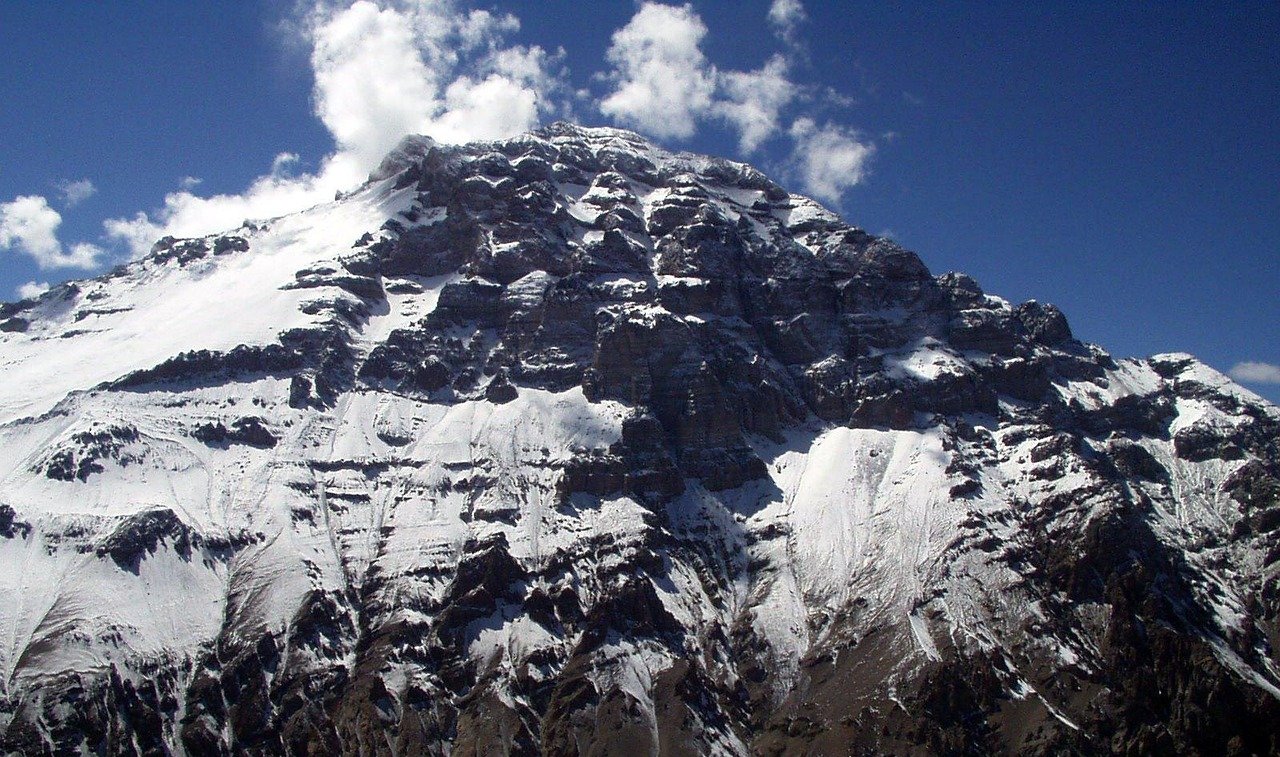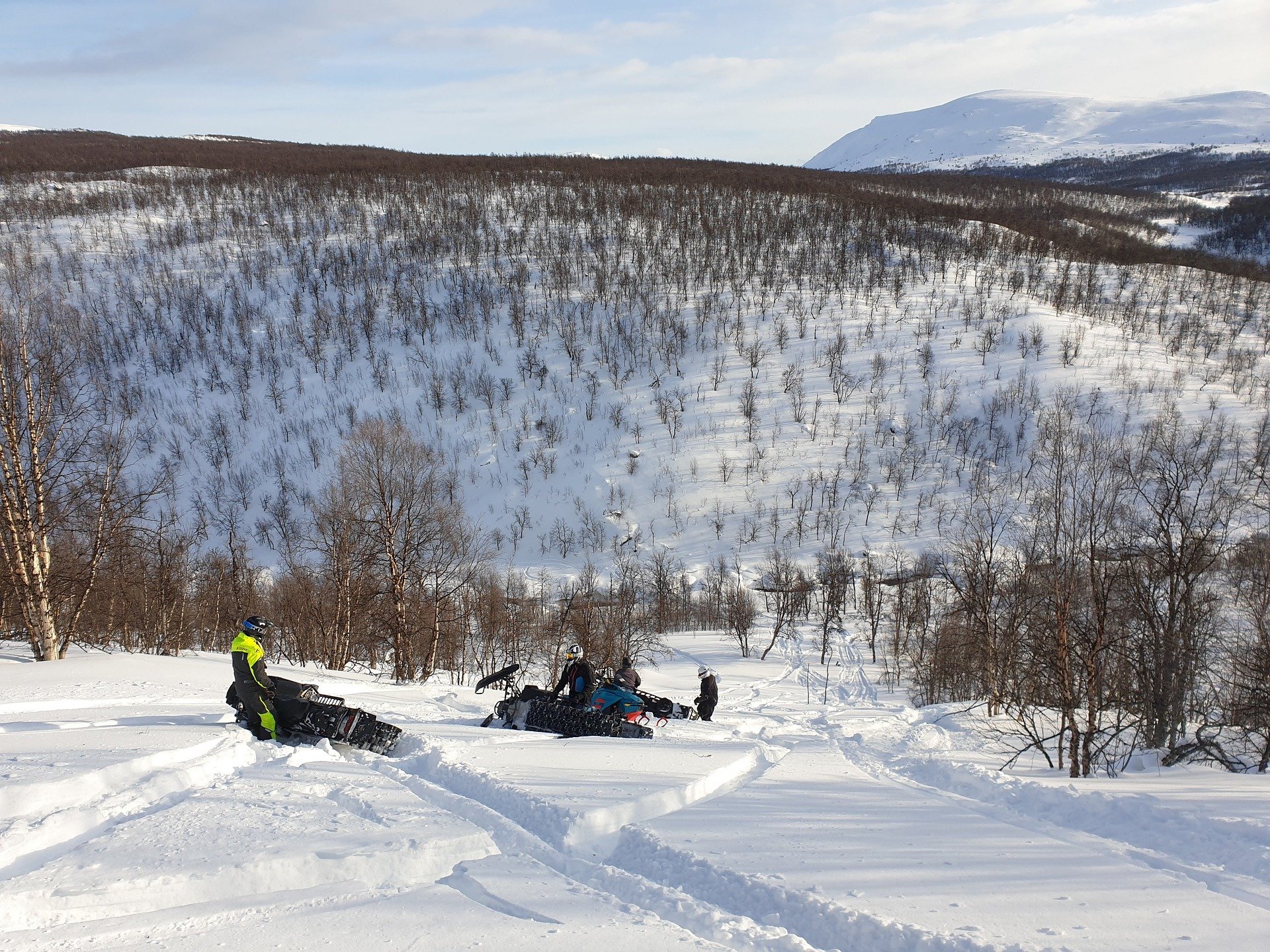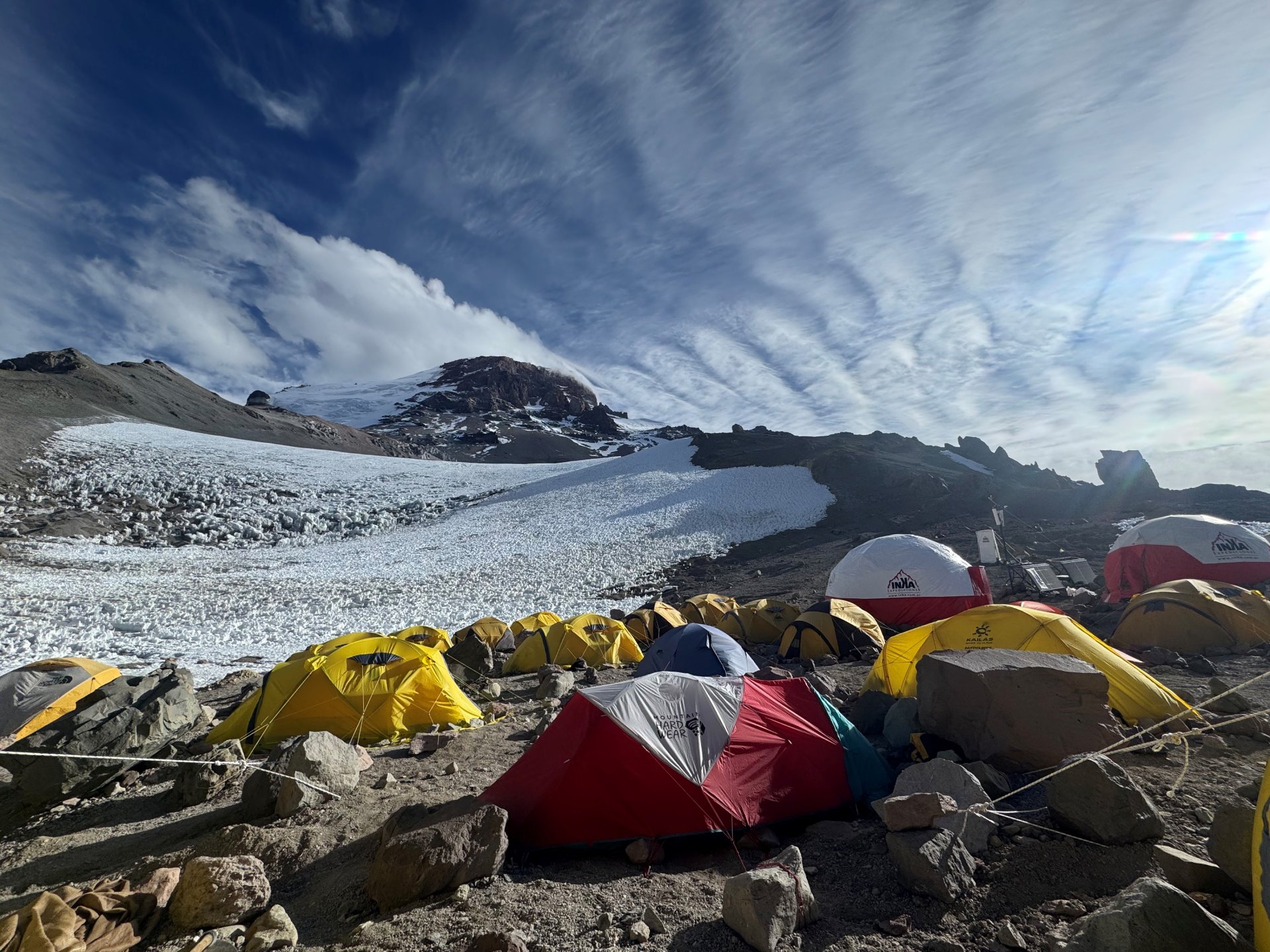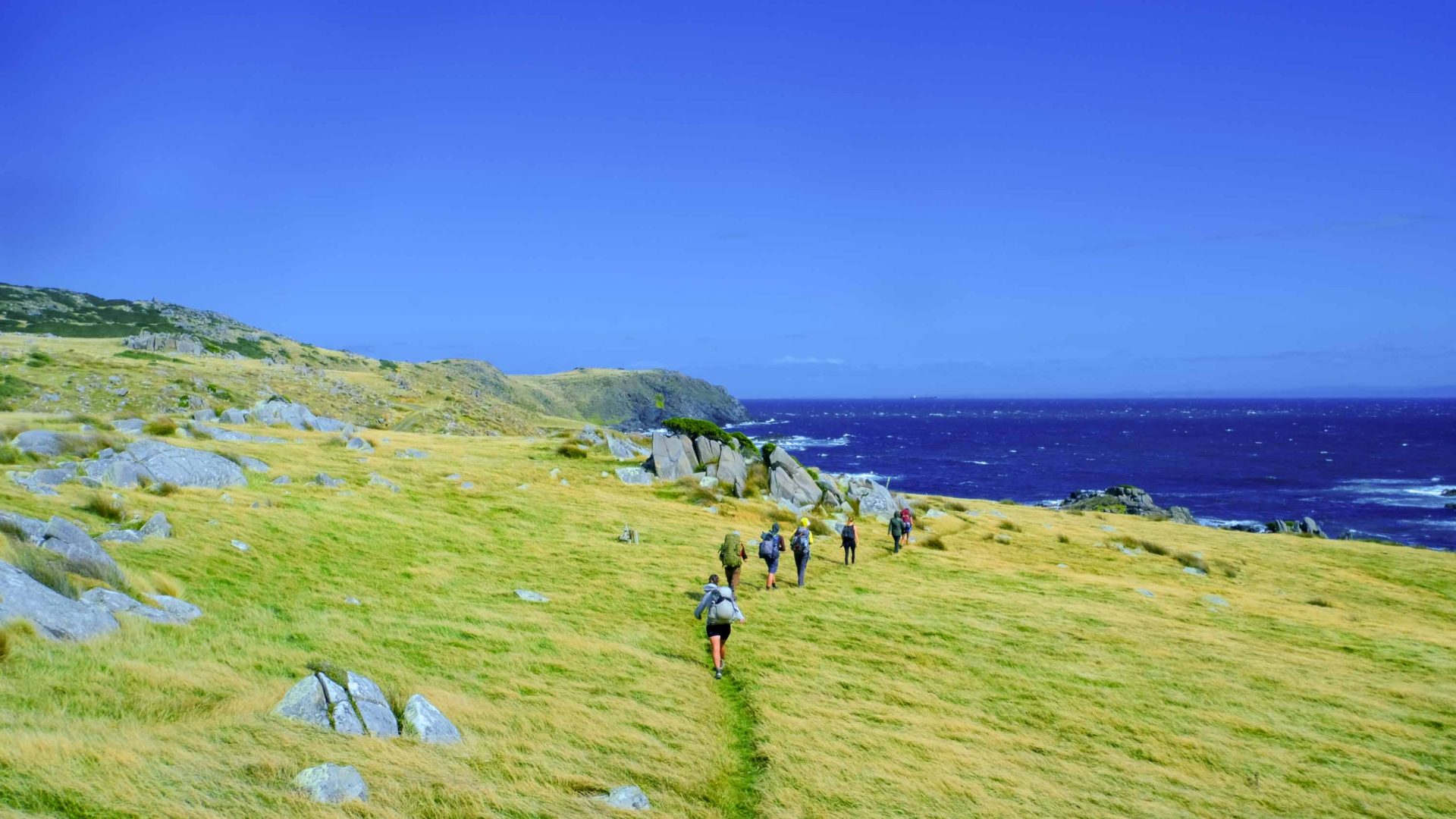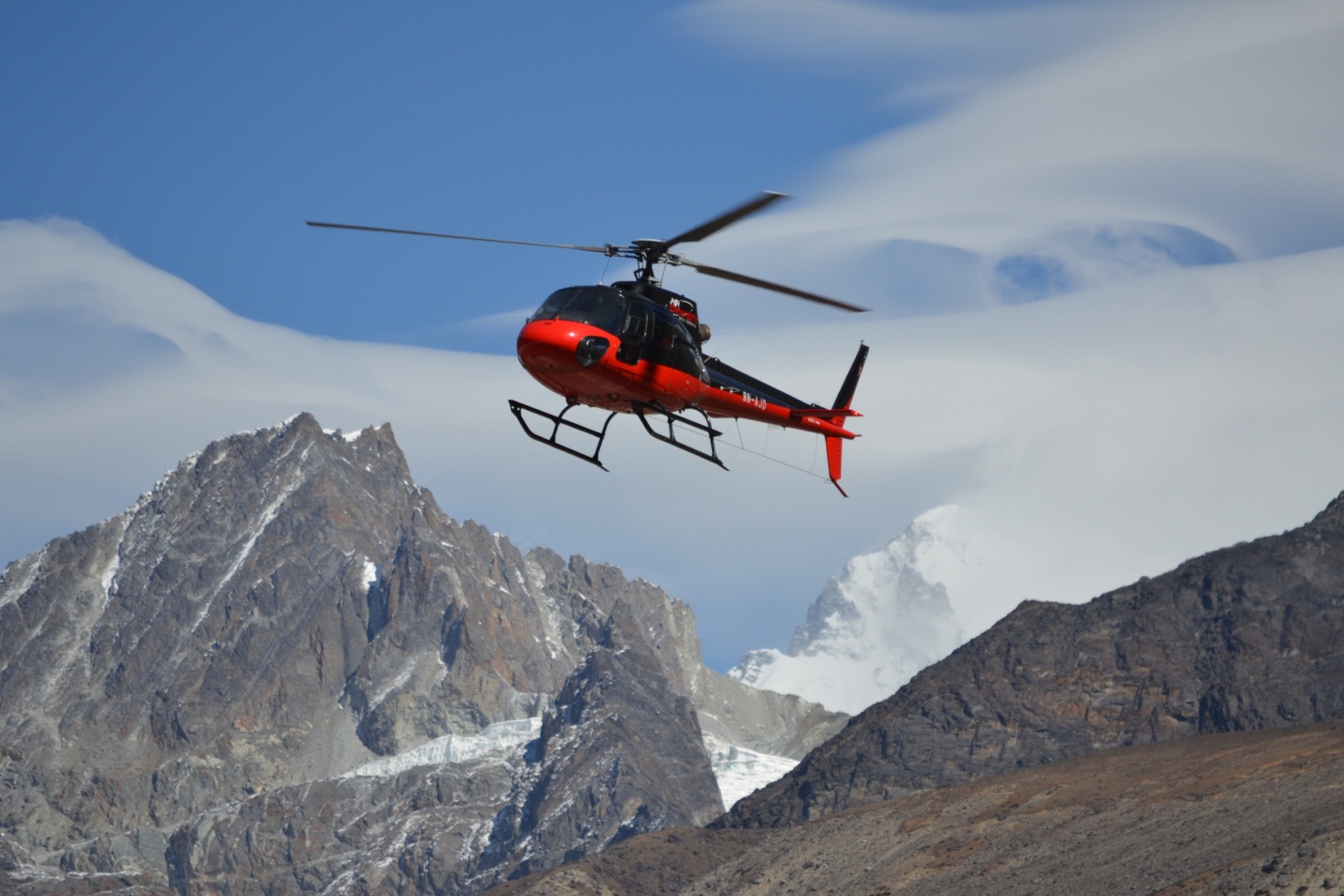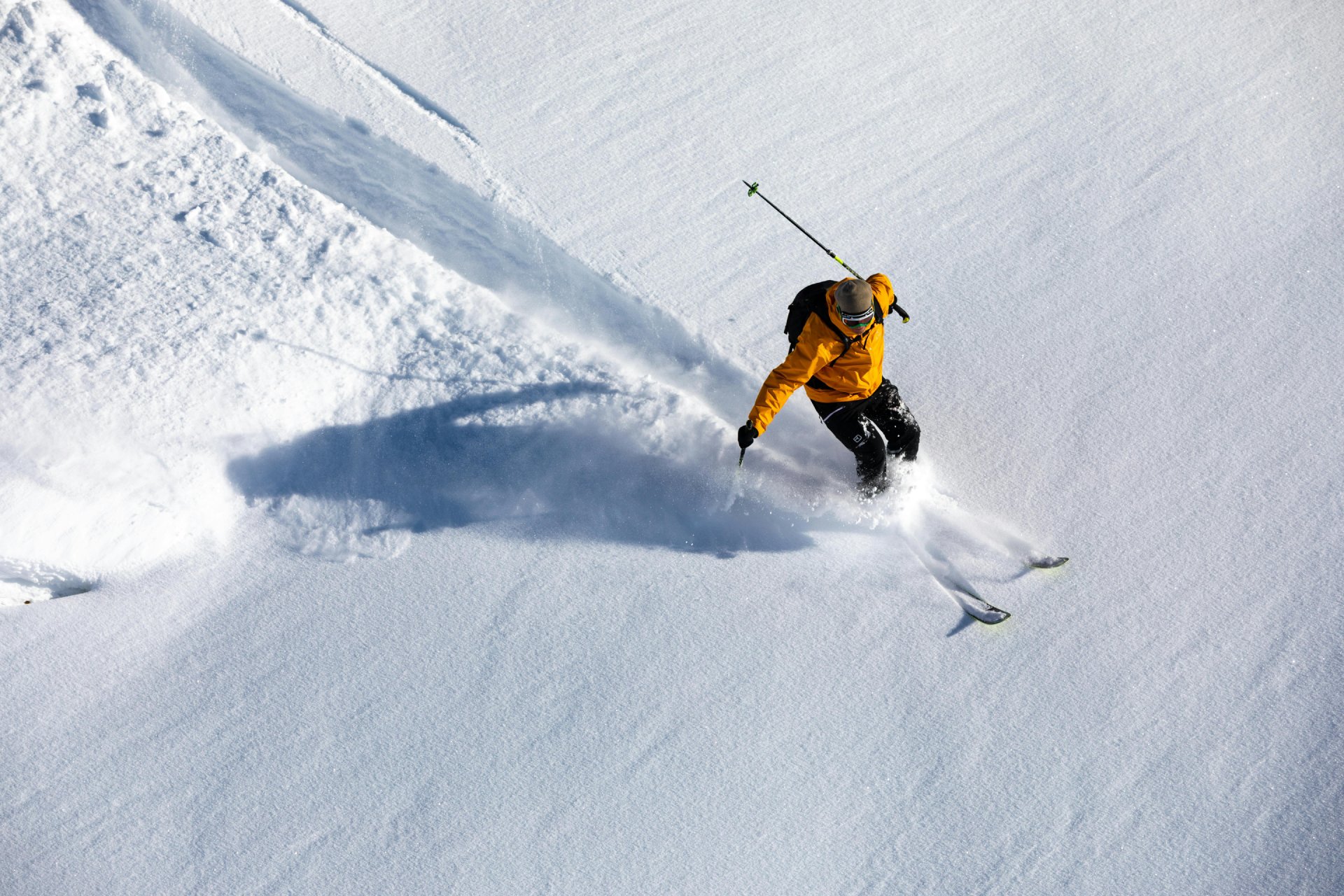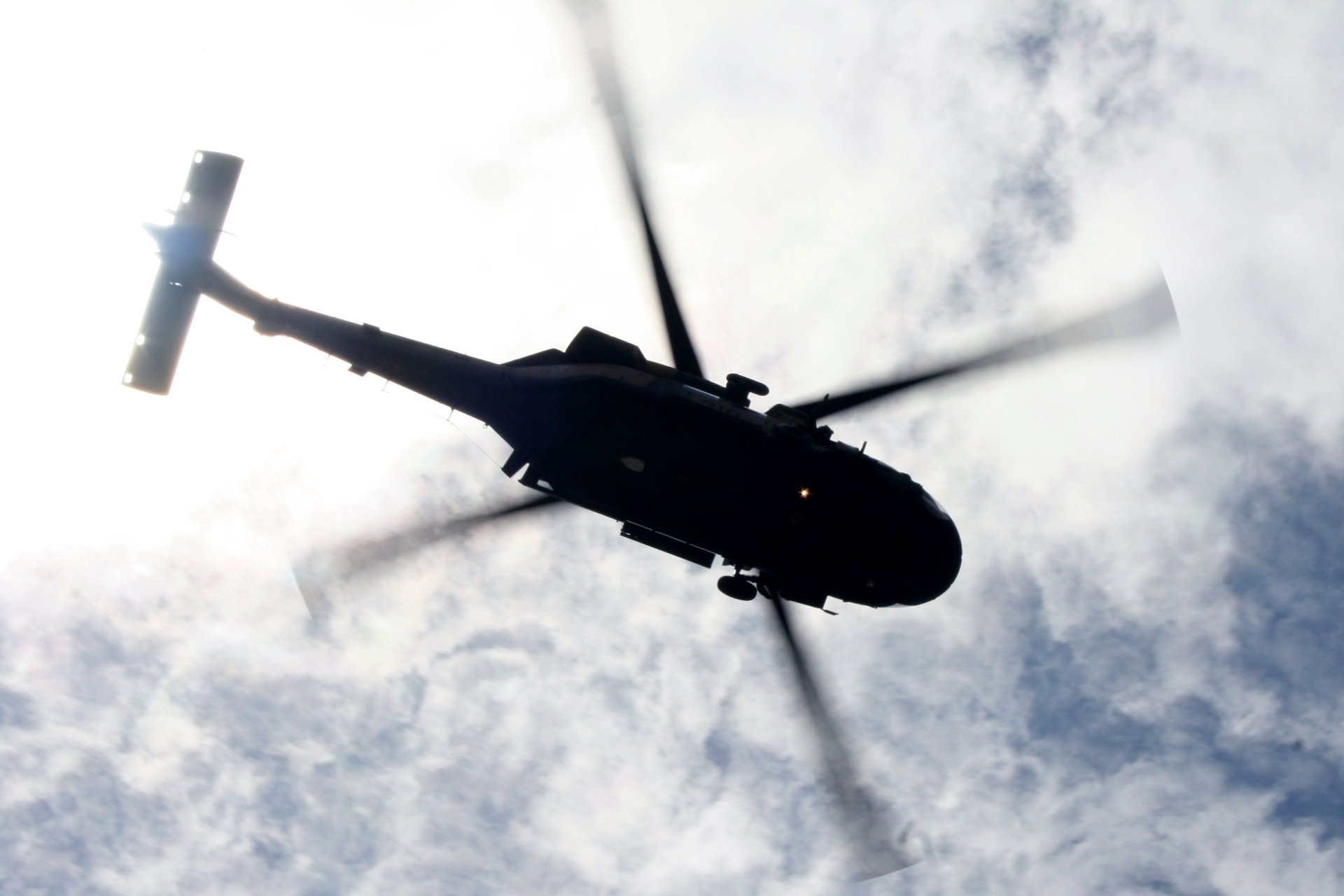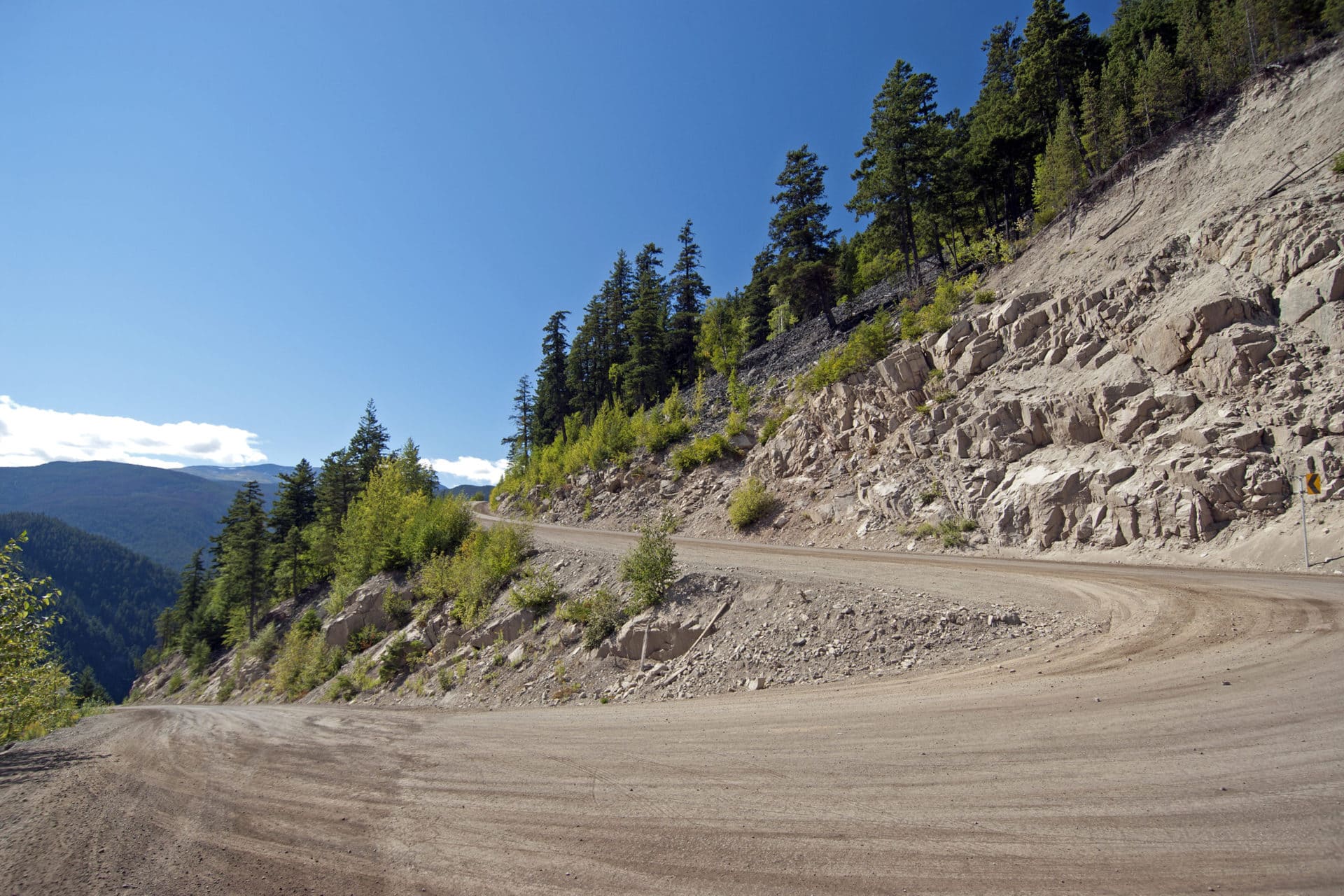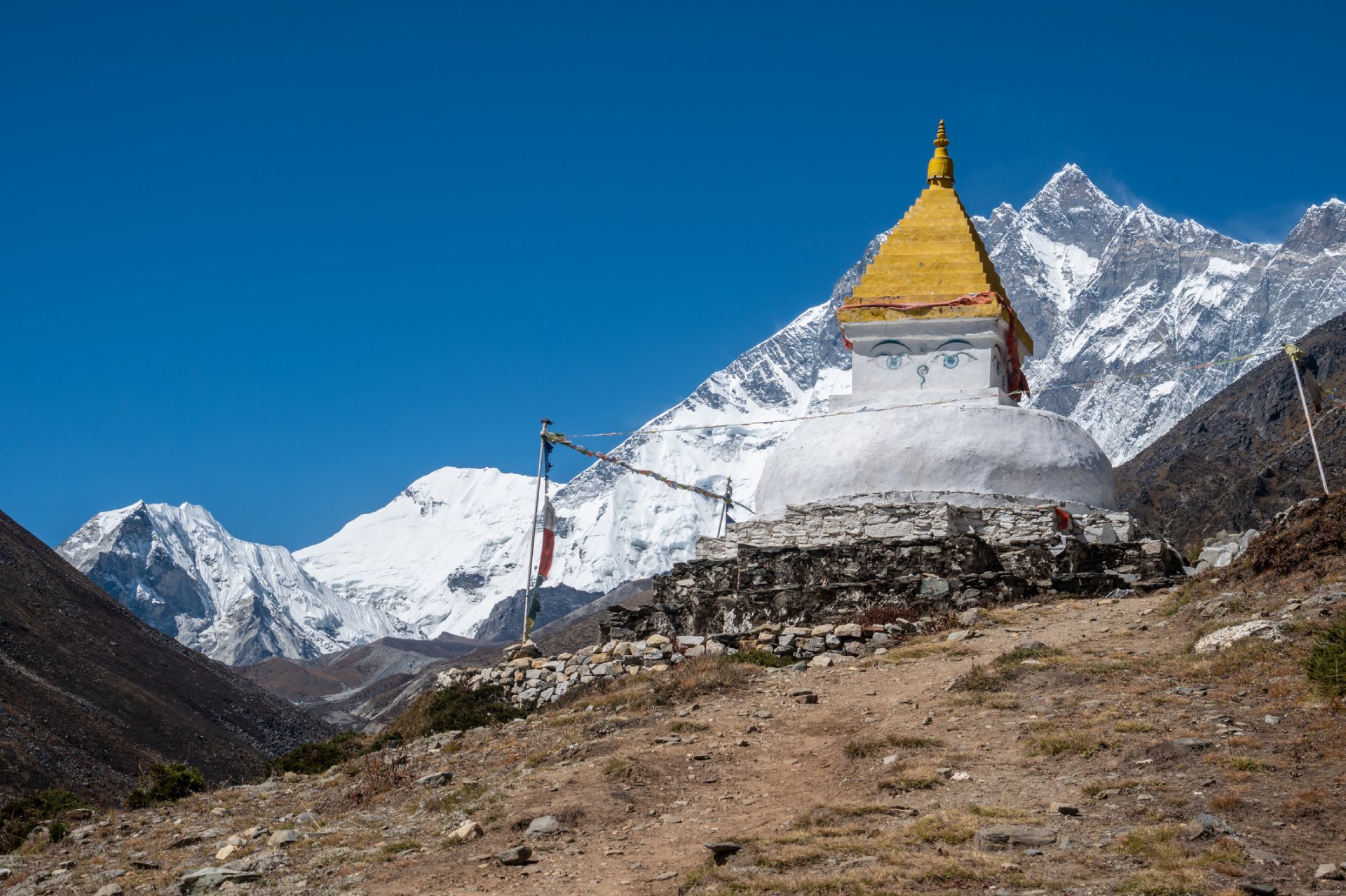Aconcagua may not be the highest mountain in the world, but at 22,837 feet (6,961 meters), it is the tallest peak outside the Himalayas and Karakoram ranges. As the highest mountain in South America, it holds a prestigious place among the Seven Summits.
While not a technical climb, ascending Aconcagua often requires crampons and an ice axe. Mountaineering expert Alan Arnette describes it as a relatively straightforward climb due to its short and accessible approach. Its significant altitude, however, presents challenges that should not be underestimated, as demonstrated by numerous incidents during the recent winter season.
Summiting Aconcagua remains a formidable endeavor. Outdoor adventure safety expert and mountaineering author Jed Williamson, a Global Rescue’s Mountain Advisory Council member, considers it an ideal first high-altitude climb—provided climbers acclimatize properly. He cautions that while the region offers easier access and logistics, it demands careful preparation and respect for the altitude.
In this edition of Global Rescue’s Mission Briefs, we highlight several Aconcagua rescues completed in January and notable missions from around the world.
Airborne Rescue for a Canadian Climber
A Global Rescue member from Victoria, Canada, required evacuation from Aconcagua, Argentina, due to Acute Mountain Sickness (AMS) and High-Altitude Pulmonary Edema (HAPE). After experiencing severe symptoms, including low oxygen saturation and fatigue, the member received oxygen therapy at a nearby camp. A medical evacuation order was issued, leading to an airlift to Horcones and subsequent ground transport to Mendoza for hospital evaluation. The member was stabilized and later discharged with no further complications.
HAPE on Aconcagua Triggers Rescue
A member from Arlington, United States, suffered from AMS and suspected HAPE while on the Guacanos route of Aconcagua, Argentina. Symptoms included shortness of breath and dangerously low oxygen saturation despite medication. A helicopter evacuation was approved, and the member was transported from Plaza Argentina to Mendoza for hospital treatment. After overnight monitoring, the condition improved, with minor congestion and resolved headaches, allowing for discharge and independent recovery.
Summit Effort Ends at Base Camp 3
A US member developed severe HAPE at Base Camp 3 Guanacos on Aconcagua, Argentina. Initial symptoms included persistent headaches, worsening fatigue, cough, and dangerously low oxygen saturation. Due to the critical condition, an emergency helicopter evacuation was arranged. The member was transferred to a hospital in Mendoza, where AMS and HAPE were confirmed. After treatment and observation, the member was discharged with medical advice to take extreme precautions during recovery.
Knee Injury Stops Summit Attempt
A US member sustained a knee injury at Nido de Cóndores in Argentina, leaving them unable to walk. Medical personnel assessed the injury and recommended immediate evacuation due to the risk of further complications. A helicopter transport was arranged, followed by ground transport to a hospital in Mendoza. After treatment, including pain management and crutches, the member was discharged and continued recovery at a local hotel.
Pulmonary Edema at Base Camp 2
A member from Zibatá, Mexico, developed pulmonary edema at Base Camp 2, Nido de Cóndores, Argentina. Symptoms included a persistent cough, fatigue, and difficulty breathing, prompting an evacuation request. A helicopter transported the member to Horcones, followed by an ambulance transfer to a hospital in Mendoza. The medical team diagnosed High-Altitude Pulmonary Edema (HAPE) and provided treatment. The member was discharged after showing significant improvement and declined further medical follow-ups.
HAPE Knocks Down Australian Climber
A member from Australia suffered from severe HAPE while at Plaza de Mulas on Aconcagua, Argentina. Symptoms included hypoxia, tachycardia, and difficulty breathing, leading to an urgent evacuation. A helicopter transported the member to Horcones, and an ambulance transferred them to a hospital in Mendoza. After treatment, including oxygen therapy and medication, the member recovered and was discharged with home care instructions.
Another Australian member developed severe HAPE and AMS while in Valle Hermoso, Argentina. Despite receiving supplemental oxygen and medication, symptoms did not improve, requiring an evacuation. A helicopter transported the member to Horcones, and an ambulance transferred them to a hospital in Mendoza. After medical evaluation and treatment, the member was discharged with instructions for further recovery.
More than a hundred operations took place in January, most beyond Aconcagua. Our teams responded to medical emergencies and rescues in diverse environments, from remote mountain ranges to urban centers.
Slip and Fall in Japan
A US member from Seattle sustained a patella fracture and tendon injury after slipping on stairs in Nakatsu, Japan. They were initially transported to a local hospital, where imaging confirmed the injury. Specialists recommended conservative treatment with immobilization and pain management. After securing medical clearance to fly, Global Rescue Operations arranged ground transportation and flight assistance for the return to the United States. The member was safely transported, and planned follow-up care was upon arrival.
Chopper Rescue in Kenya
A member from the UK was trekking Mount Kenya, Kenya, when they developed severe pain and swelling in their right calf, suspected to be Deep Vein Thrombosis (DVT). A helicopter evacuation was arranged, transporting the member to Nanyuki Cottage Hospital. After a confirmed DVT and cellulitis diagnosis, immediate treatment with blood thinners and antibiotics was initiated. Despite initial hesitancy about treatment location, the member agreed to proceed and showed significant improvement.
HAPE on Kilimanjaro
A US member experienced altitude-related illness at Karanga Camp on Mount Kilimanjaro, Tanzania. Symptoms suggested High-Altitude Cerebral Edema (HACE) and HAPE, necessitating urgent evacuation. A field rescue operation was approved, and the member was airlifted to a hospital for evaluation. After receiving treatment, the member’s condition improved significantly, leading to a safe discharge.
The Global Rescue Connection
Remember, if you plan to participate in mountaineering, trekking, or other high-altitude activities above 15,000 feet (4,600 meters) at any point during your trip (excluding airplane travel), be sure to obtain the Global Rescue High-Altitude Evacuation Package, available to members 16 years and older. This added protection is for emergency transport for members requiring evacuation due to injury or illness.
When illness or injury strikes while traveling, climbing or trekking, a Global Rescue membership ensures evacuation from the point of emergency to the nearest appropriate medical facility. If that facility lacks the necessary care, Global Rescue arranges transport to a vetted medical center or the member’s hospital of choice.
Not all medical facilities are equipped to handle every situation, which is why Global Rescue prioritizes getting members to the most suitable hospital for their needs. Available 24/7/365, their expert team connects travelers to the best local medical resources worldwide, eliminating uncertainty in critical moments.
“Our medical team, including paramedics, nurses, and doctors, handles everything from minor ailments to life-threatening emergencies,” said Michael Lovely, operations supervisor at Global Rescue.
Unlike standard travel insurance, which often involves claim forms, deductibles, and delays, Global Rescue provides immediate, direct assistance through comprehensive medical evacuation and field rescue services—bridging the gap when travelers need it most.

